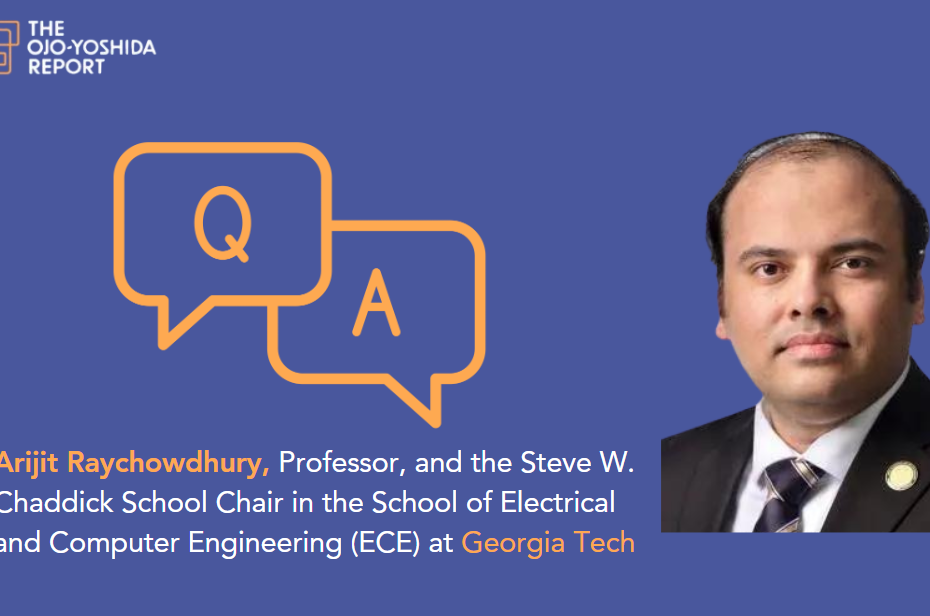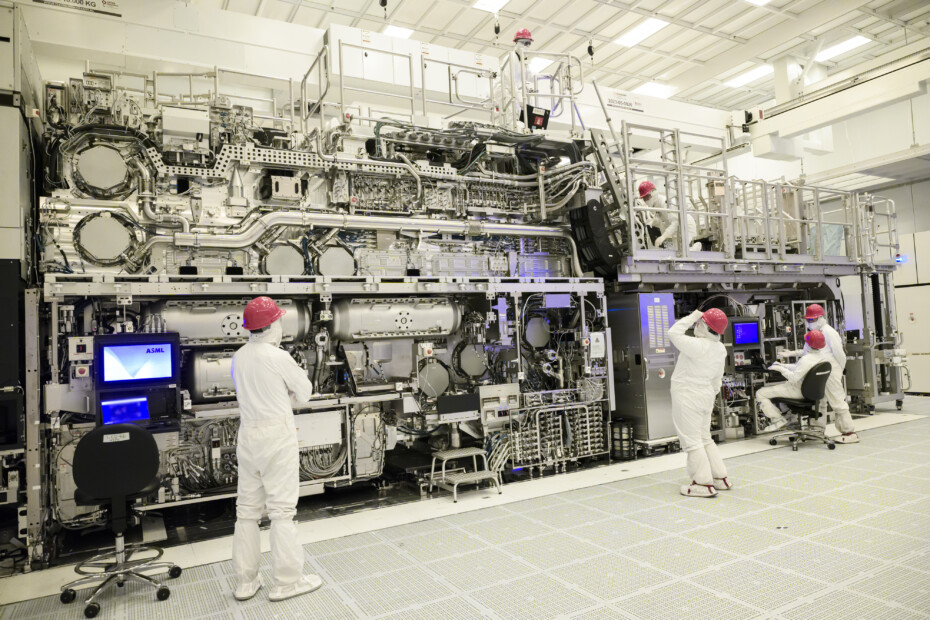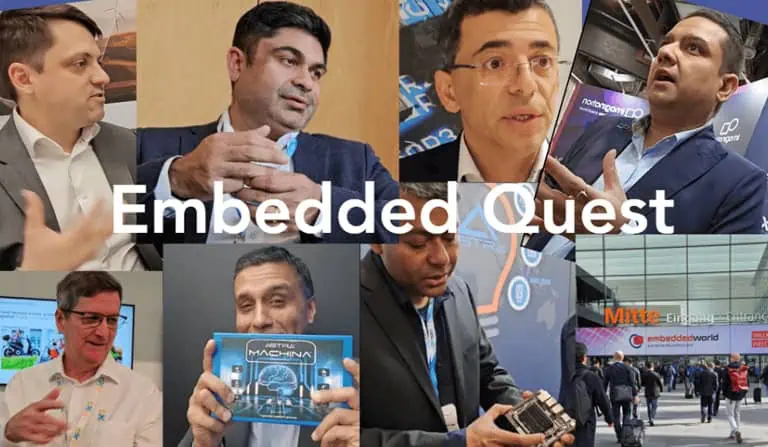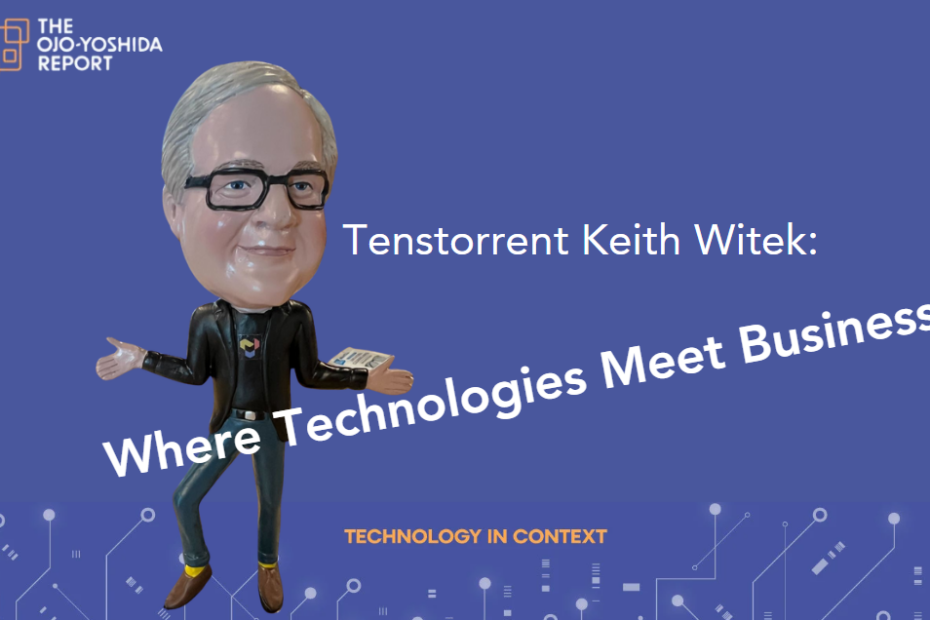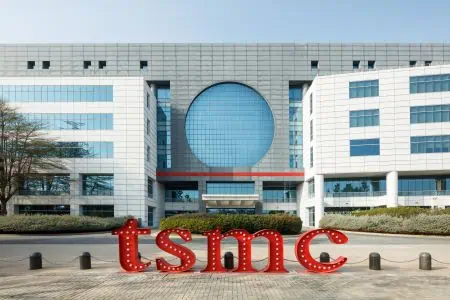AI: Should I Be Faithful or Agnostic?
Artificial intelligence is progressing at a pace that would make Gordon Moore dizzy.
Pick any headline. From the unveiling of Nvidia’s Blackwell platform, supposedly heralding the arrival of trillion-parameter-scale AI models, to Open AI’s highly anticipated release of Chat GPT 5 (mid-2024) and Elon Musk’s latest Tesla robotaxi iteration (to be unveiled on August 8), we are swept into a barrage of promises and proclamations of the progress of artificial intelligence technologies.
Read More »AI: Should I Be Faithful or Agnostic?

